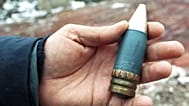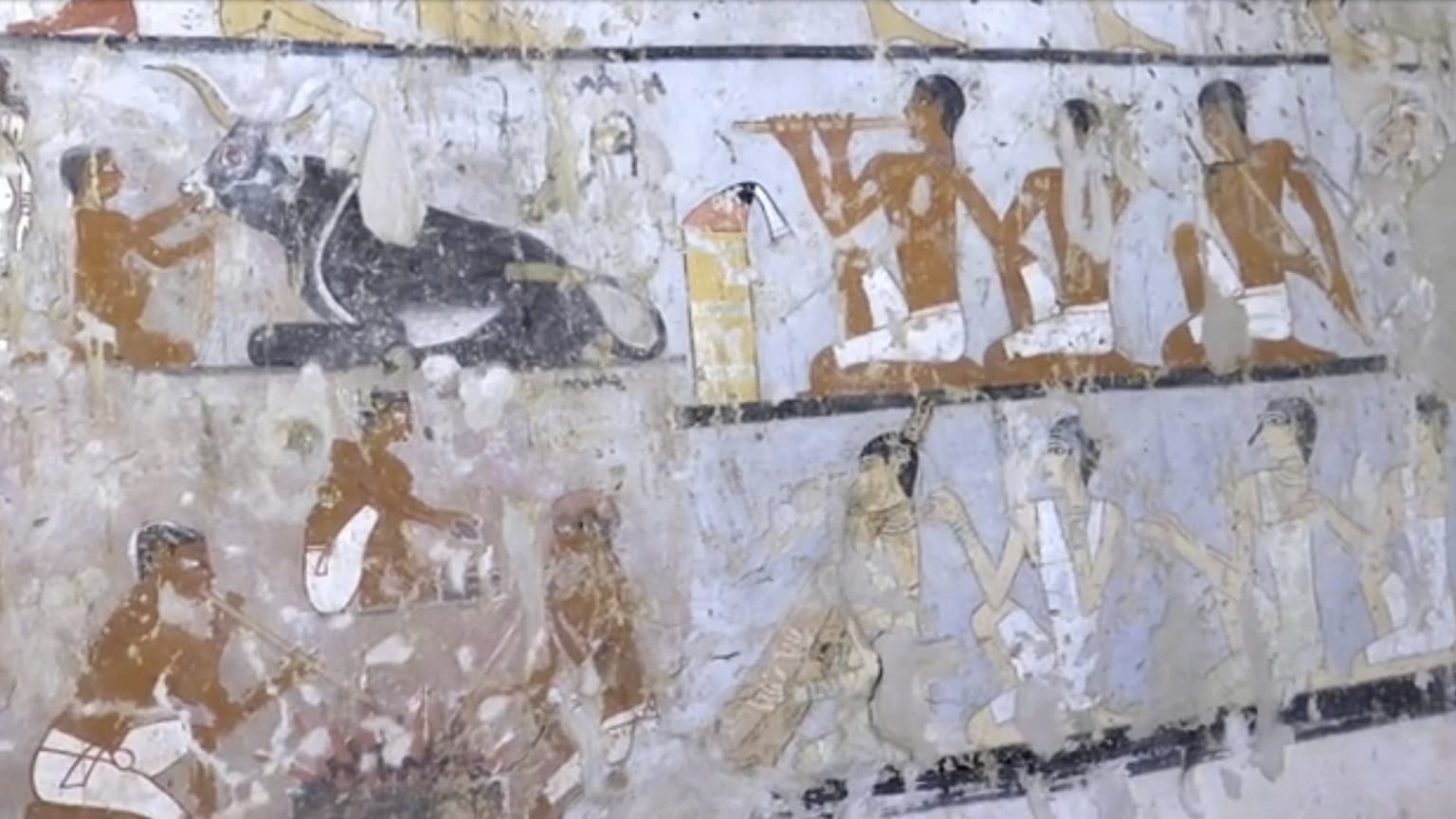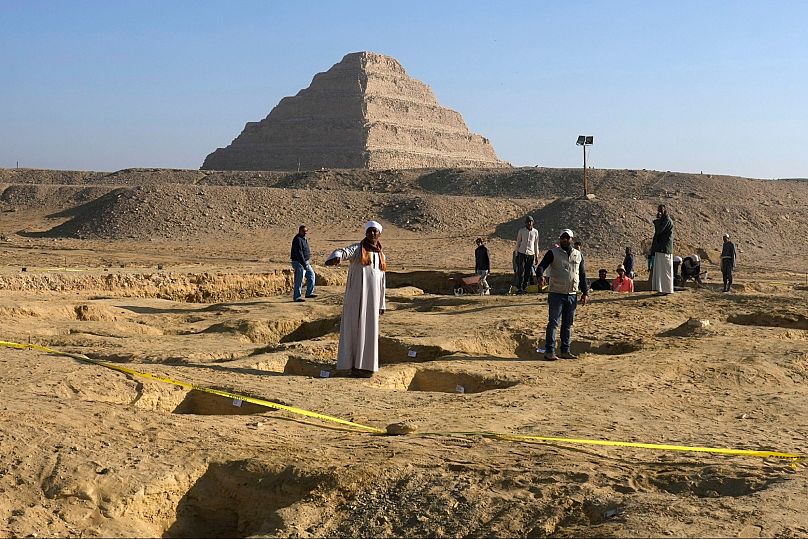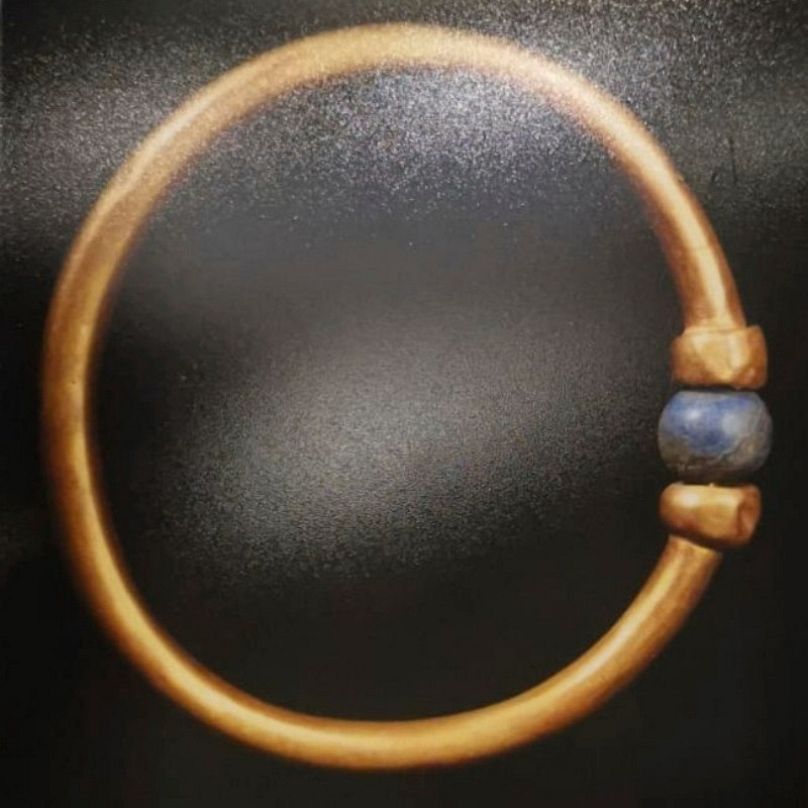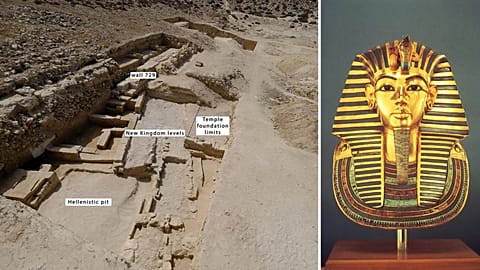The incident comes weeks after another incident that shook the archaeological community: the disappearance of a gold bracelet from the Egyptian Museum in Tahrir that dates back to the era of the Third Transition.
The Egyptian Ministry of Tourism and Antiquities has revealed that a rare archaeological painting dating back to the Late Dynastic era has disappeared from the famous Khenti-Ka tomb in Saqqara, near Cairo.
The painting was recently discovered missing, although the theft likely took place during 2018 and 2019, the ministry said in a statement.
The painting is considered one of the rare pieces of ancient Egyptian heritage, as it depicts part of the mural inscriptions related to the calendar and seasons of the year in the tomb of Khenti Ka, one of the important tombs in the Saqqara area dating back to the Old Kingdom era.
The Saqqara archaeological area, located about 30 kilometres south of the Giza pyramids west of Cairo, is one of the richest archaeological sites in Egypt, with tombs of royalty, priests and princes from different eras, including the Step Pyramid of Djoser and a group of tombs that document the beginnings of the development of funerary art in ancient Egypt.
The thieves cut the painting from the wall of the tomb using a saw, in an incident that experts described as bold and unprecedented, and workers only noticed its absence during a careful inventory of archaeological artefacts in the area.
The ministry explained that archaeological authorities began weeks ago to carefully review all historical records and books of Saqqara's holdings, some of which date back to the 1960s, in order to determine the exact time period of the painting's disappearance and match its descriptions and images with the objects officially registered with the ministry.
Legal proceedings and follow-up investigation
Dr Mohamed Ismail Khaled, Secretary General of the Supreme Council of Antiquities, confirmed that all necessary legal measures have been taken and that the case has been referred to the Public Prosecution Service for investigation.
He explained that the tomb had been completely closed and used as an archaeological storehouse since its discovery in the 1950s, and has not been opened since 2019, noting that an archaeological committee headed by Dr Amr Al-Tibi, supervisor of Saqqara Antiquities, was formed to conduct a full inventory of the contents of the tomb.
Khaled added that as soon as the archaeological committee's report was received, it was submitted to the Public Prosecution on the same day, stressing that the Ministry of Tourism and Antiquities is closely following up on the investigation in coordination with the competent authorities.
Two archaeological thefts in as many weeks
The theft comes after another incident last month that hit the headlines, the disappearance of an archaeological gold bracelet from the Egyptian Museum in Tahrir, dating back to the era of the Third Transition.
Administrative investigations revealed that a restoration specialist at the museum took the bracelet and left the site with the intention of selling it later.
The prosecution's inspection showed that the bracelet dates back to the Third Transition era, around 900 BC, is made of pure gold and set with a rare lapis lazuli stone, and was on display in one of the museum's halls before it was transferred to the restoration lab in preparation for display in an exhibition abroad.

